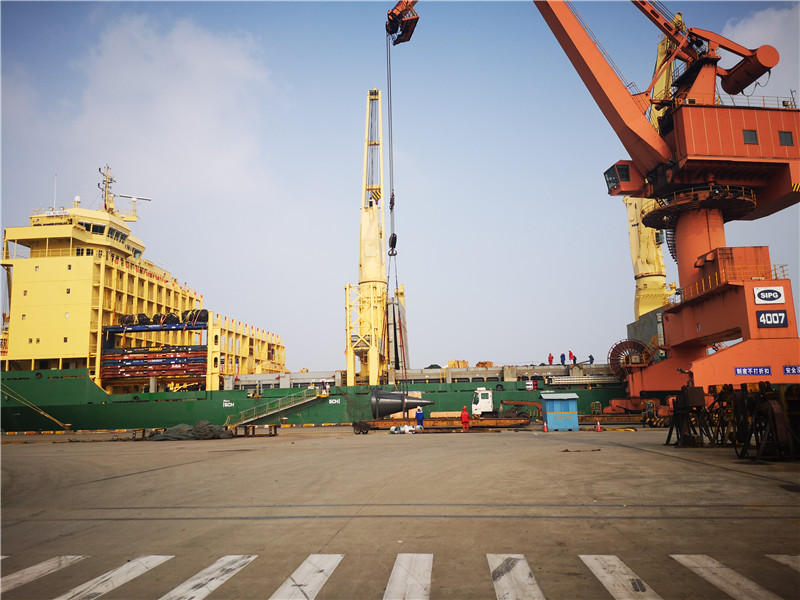
News Center
Please pay attention to more news about Xianghe Express
Similarities and differences between int

Waybill is a kind of non-negotiable document issued by the carrier, which proves that the contract of carriage of goods and the goods are taken over or loaded by the carrier, and the carrier guarantees to deliver the goods to the designated addressee. International railway combined transport waybill and international road transport waybill are important documents in international land transport of goods. Due to the different modes of transportation, the waybills of the two are not the same. The similarities and differences between the international railway combined transport and the international road transport are discussed below.
Similarities:
1. the basic principles are the same
In no special case, one vote is required.
2. the basic function is the same
All have the function of goods receipt, both of which are the proof of the contract of transportation or contract, and neither of them has the function of real right certificate, and is a kind of non-negotiable creditor's right certificate.
3. the effectiveness of the bill of transport is basically the same
The issue of waybill is the sign of the effective of the contract of carriage, which means that the right and obligation relationship between the carrier, shipper and the addressee is established, and also reflects the rights, obligations, responsibilities and immunity of the carrier and the consignor and the addressee participating in the intermodal transport, and has legal effect on the carrier, the consignor and the addressee.
4. the provisions for the place of receipt and delivery are the same
The places for acceptance and delivery of goods as provided for in the contract need to be located in different locations, with their transport through the territory of at least two contracting states.
5. basic information of the waybill content
The contents of the international railway transport bill and the international highway transportation bill contain the name and address of the consignor, the name and address of the addressee, the number of goods and the weight of the goods.
6. the filling requirements are the same
All are filled in by the shipper as required and are issued by the shipper and the carrier.
difference:
1. different waybill composition
The international road transport waybill consists of three originals, one of which is delivered to the consignor, the other is accompanied by the cargo peer, and the other is retained by the carrier; The international railway freight transport bill consists of the following: original; Operation report; Copy of waybill; Delivery order of goods; Notice of arrival of goods.
2. the utility of waybill is different
The international railway freight transport bill is a contract of transportation concluded between the railway participating in the international railway freight transport, the consignor and the addressee. The bill of transport itself is the transport contract; In international road transportation, the contract of transportation is confirmed by the signing of the consignment order. The absence of the waybill or the irregular or lost waybill will not affect the establishment of the contract. In individual cases, both parties will use the waybill as a contract.
3. format of Waybill
In the international highway goods transportation order, in addition to the items required to be included in the waybill, it can also list the items deemed useful on the waybill; However, the bill of transportation of the International Cargo Association is a standard contract, and the parties shall not change or discuss different terms.
4. requirements for carrier
The carrier engaged in international road transportation business can be a single carrier, while the carrier of international railway intermodal transport contract is a cargo transport contract performed jointly by two or more carriers.
5. contents of Waybill
In the content of the bill of transportation, the road waybill should contain the name and address of the carrier, while the railway transport bill does not specify.
6. filling requirements of Waybill
The international railway transport export waybill shall be printed in two or, if necessary, three languages, and at least one of them shall be French, German or Italian. The international tariff code may specify the words to be used by the shipper to fill in the waybill items. If this is not the case, the shipper shall fill in the item in an official language in the country of shipment and add French, German and Italian translations, unless they have been completed in one of the above words. The railway may require the shipper to fill in the bill of transport and the items and statements attached to it in Latin. This is not specified in the international road waybill
